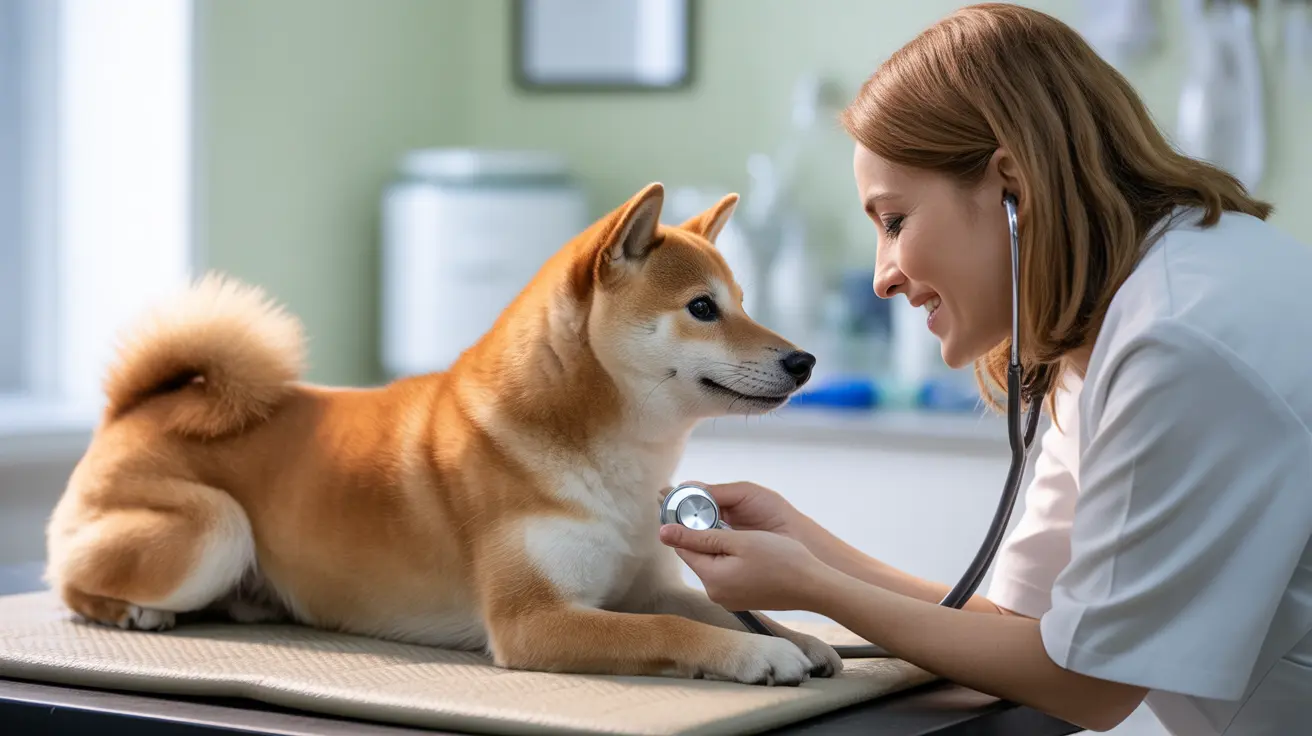Becoming a veterinarian is more than just treating pets – it's a complex and rewarding profession that requires dedication, extensive education, and a deep commitment to animal welfare. Whether you're considering this career path or simply curious about what veterinarians do, understanding the realities of this profession is crucial.
Let's explore the key facts about being a veterinarian, from educational requirements to daily challenges and career opportunities that many people don't realize exist.
The Educational Journey to Becoming a Veterinarian
The path to veterinary medicine is rigorous and demanding. Aspiring veterinarians must complete a bachelor's degree followed by a four-year Doctor of Veterinary Medicine (DVM) program. Prerequisites typically include extensive coursework in biology, chemistry, physics, and mathematics.
Beyond academic requirements, veterinary schools expect significant hands-on experience with animals. This often includes hundreds of hours working or volunteering in veterinary clinics, animal shelters, or research facilities.
Career Paths and Specializations
While many assume veterinarians only work in private practice treating household pets, the field offers diverse career opportunities. Veterinarians can specialize in:
- Large animal medicine (livestock and horses)
- Wildlife and exotic animal care
- Public health and food safety
- Research and laboratory animal medicine
- Emergency and critical care
- Specialized fields like oncology or neurology
Daily Responsibilities and Challenges
Modern veterinarians wear many hats in their daily practice. Beyond diagnosing and treating animals, they must:
- Perform complex surgeries and medical procedures
- Interpret diagnostic tests and lab results
- Communicate effectively with pet owners
- Manage emergency situations
- Handle administrative duties
- Stay current with medical advances
The profession also comes with unique challenges, including long hours, emotional stress from dealing with sick or injured animals, and the difficulty of balancing quality care with clients' financial constraints.
Impact on Public Health
Veterinarians play a crucial role in public health protection by:
- Preventing and controlling zoonotic diseases
- Ensuring food safety in livestock production
- Contributing to medical research that benefits both animals and humans
- Participating in environmental protection efforts
- Monitoring emerging diseases that could affect multiple species
The Business Side of Veterinary Medicine
Running a veterinary practice requires strong business acumen. Veterinarians must understand:
- Practice management and economics
- Insurance and billing procedures
- Staff supervision and training
- Marketing and client relations
- Inventory management and equipment maintenance
Frequently Asked Questions
What education and training are required to become a veterinarian?
Becoming a veterinarian requires completing a bachelor's degree, followed by a four-year Doctor of Veterinary Medicine (DVM) program from an accredited institution. After graduation, veterinarians must pass the North American Veterinary Licensing Examination (NAVLE) and obtain state licensure.
What types of animals and careers do veterinarians work with beyond just pets?
Veterinarians work with a wide range of animals, including livestock, horses, wildlife, zoo animals, and laboratory animals. Career paths include private practice, research, public health, food safety inspection, academia, and government positions.
What are the common daily responsibilities and challenges faced by veterinarians?
Daily responsibilities include performing surgeries, conducting examinations, prescribing medications, and managing emergency cases. Common challenges include long hours, emotional stress, physical demands, and balancing quality care with client financial limitations.
How do veterinarians contribute to public health and animal disease prevention?
Veterinarians play crucial roles in preventing zoonotic diseases, ensuring food safety, conducting research on diseases affecting both animals and humans, and participating in public health initiatives and disease surveillance programs.
What are some common misconceptions about the veterinary profession?
Common misconceptions include that veterinarians only treat pets, that the job is less demanding than human medicine, and that it's all about playing with animals. The reality involves complex medical procedures, challenging decisions, and significant business responsibilities.
Conclusion
Being a veterinarian requires dedication, extensive education, and a balance of medical expertise with business acumen. While challenging, the profession offers diverse opportunities to make a meaningful impact on animal and human health. Understanding these facts about being a veterinarian helps paint a realistic picture of this demanding yet rewarding career.






